Duck or Rabbit?
Learning styles posit that individuals have a preferred sensory mode (visual, auditory, or kinesthetic) for learning. Perspectives from neuroscience, psychology, discipline-based researchers, and science of teaching and learning scholars have contributed to the debate surrounding learning styles.
Neuroscience and psychology research claim to have debunked learning styles, citing the brain's interconnectivity and the lack of empirical evidence. However, some practitioners still adhere to learning styles, believing in its utility and intuitiveness.[1]
Despite several reviews since 2004 showing no empirical evidence for the effectiveness of matching instruction to learning styles, 89.1% of educators reportedly still believed in it, and a study of 37 studies from 2009 to early 2020 involving 15,405 educators found that even pre-service teachers (95.4%) believe in it.[2]
Of course, it's not just the educators. Despite the lack of evidence, many recent research papers - 91% of recent research papers in MedEd [3] - still support using Learning Styles in education for health professions.
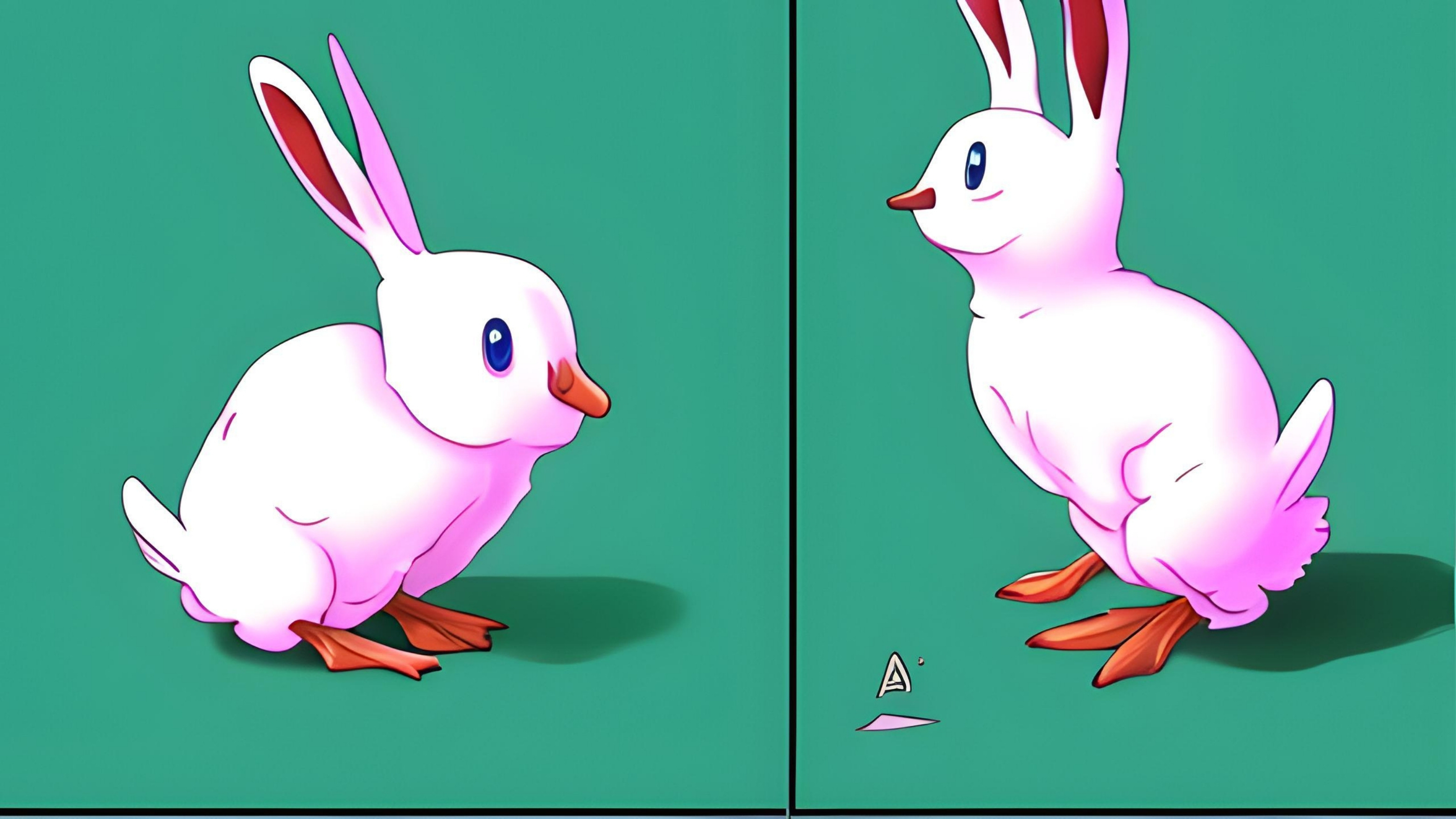
For me, it's giving "Duck or Rabbit?" It is a classic optical illusion of an ambiguous figure that can be interpreted as a duck and a rabbit. It's been used in various psychology and philosophy discussions to illustrate the concept of perceptual ambiguity and the idea that a single image can be interpreted in multiple ways based on one's perspective and context.
The question of "Duck or Rabbit?" is not about which animal it is but rather about how our brains perceive and interpret visual information. It serves as a reminder that people can look at the same thing and see it differently.
Neuromyths and Their Appeal
Let's go through a few of these (because some of them caught me off guard):
- Left-brain vs. right-brain learners: This myth suggests that people are predominately left-brained (logical, analytical) or right-brained (creative, intuitive). However, research shows that the brain's interconnectivity makes such distinctions unsound, and complex cognitive tasks involve both hemispheres.
- The 10% brain myth claims that humans only use 10% of their brain capacity. However, neuroimaging studies have demonstrated that most of the brain is active during various tasks, debunking the idea that a large portion remains unused.
- Critical periods for learning: This myth suggests that there are specific windows of time during which certain skills must be learned or the opportunity is lost. While there are sensitive periods when the brain is more receptive to learning, research shows that the brain remains plastic and capable of learning throughout life. #NeuroplasticityFTW
- Multiple intelligences: The theory of multiple intelligences proposes distinct types of intelligence, such as linguistic, logical-mathematical, and spatial. While this theory has gained popularity, it needs strong empirical evidence, and the concept of intelligence remains a complex and debated topic in psychology.
Neuromyths persist in educational settings, such as left-brain vs. right-brain learners, the 10% brain myth, and critical learning periods.[4] We seem attracted to these oversimplified, seemingly intuitive theories about learning because they offer easy-to-understand explanations and solutions for complex learning processes.
"Get ready to be called out (potentially)" - How I start virtually every academic discussion.
I don't think I have ever met a group of people who are more about control and predictability than educators (myself included). These neuromyths may provide power and predictability, making them appealing, especially to us. However, relying on neuromyths can lead to ineffective teaching practices and hinder the development of evidence-based strategies for learning and instruction.
What Harm Could Learning Styles Do?
Given the vestiges of supremacy and oppression, we perpetuate by just being involved with the academic system, we probably do more harm than we realize. Beyond that, though, let's compare Learning Styles to more supported learning theories and conduct a thought experiment around how an educator who ascribes to any one of these theories might structure a course:
- Learning Styles - posits that individuals have a preferred sensory mode (visual, auditory, or kinesthetic) for learning. Might structure a lesson using visual aids (e.g., diagrams, videos), auditory explanations (e.g., lectures, podcasts), and hands-on experiments (e.g., lab activities, simulations) to accommodate different preferences. (which is similar to, but distinct from...)
- Multimodal Learning: Emphasizes presenting information in multiple sensory modes (visual, auditory, kinesthetic) to enhance understanding and retention. It acknowledges that learners may prefer specific sensory modes but do not assume distinct learning styles. May present information in multiple sensory modes (visual, auditory, kinesthetic) to enhance understanding and retention (e.g., combining visual aids with verbal explanations and hands-on activities).
- Brain-based learning - grounded in cognitive neuroscience research, focuses on understanding the brain's structure and function at varying stages of development. It would focus on understanding the brain's structure and function, incorporating strategies like promoting self-regulated learning (e.g., encouraging students to set goals and monitor their progress).
- Cognitive Load Theory: Based on the limited working memory, learning is more effective when cognitive load is managed appropriately. Would design lessons to manage functional memory capacity, reducing extraneous cognitive load (e.g., eliminating irrelevant information) and optimizing learning (e.g., using worked examples to demonstrate problem-solving).
- Constructivist Learning posits that learners construct knowledge by integrating new information with their existing knowledge and experiences. Emphasizes the importance of context, collaboration, and active engagement in the learning process. Could result in lessons that encourage active engagement (e.g., inquiry-based activities), collaboration (e.g., group projects), and integration of new information with existing knowledge (e.g., connecting new concepts to students' prior experiences).
As an educator, I have considered any of these theories while developing lessons or assessments and (hilariously enough) spent over 3,000 hours illustrating a book for my "Visual Chemistry Learners" before I became acquainted with DBER.
(I will link it here so you can laugh at me, but don't buy it.)
We're all trying to build the proverbial plane as we fly. However, cross-disciplinary collaborations in neuroscience, cognitive development, psychology, and education research would be exceedingly valuable, and the lack of coordination across disciplines is partially to blame for the insistence of neuromyths.

The Cuvette is a premier platform for educators and researchers eager to explore and contribute to cutting-edge chemistry curricula and research.
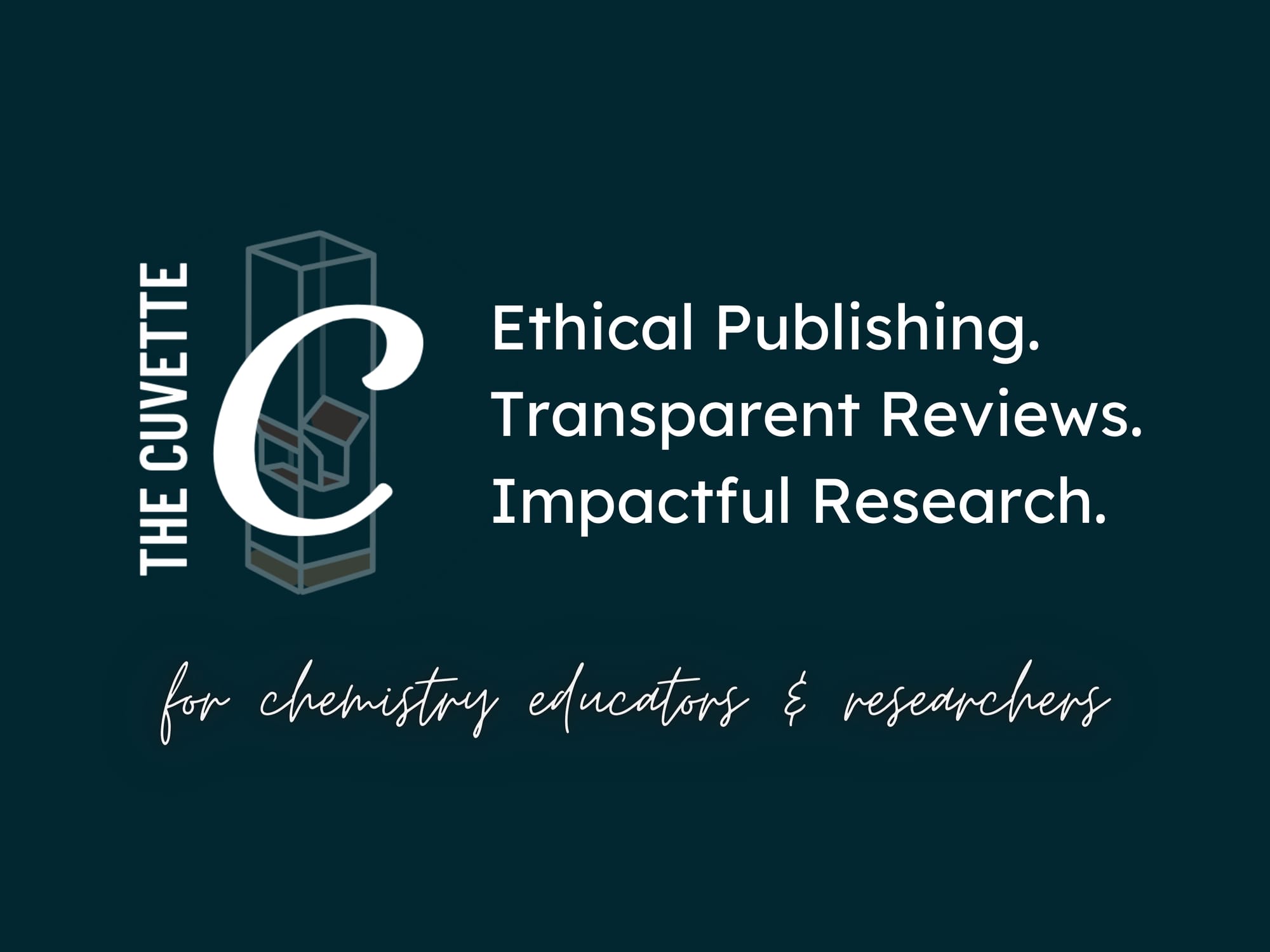
Our academic research journal welcomes submissions that challenge traditional paradigms and showcase advancements in teaching methodologies. Discover more about how you can contribute to this vibrant community of innovators.
The Future of Learning Styles
While there may be preferences, reviews of educational literature and controlled laboratory studies fail to support the Learning Styles approach to teaching. Presenting information in multiple sensory modes can support learning, but the evidence does not support the assumption of distinct learning styles.
The future of the learning styles debate may involve further interdisciplinary research to bridge the gap between neuroscience, education research, policy, and practice. IvyPanda has an excellent take on the future of learning styles by acknowledging the myths and truths and the difference between a learning style and a learning preference.[5]
Intriguing Questions for You
Feel free to address these follow-up questions in the comments:
- How have learning styles influenced your teaching practices, especially in science education, if at all?
- Have you considered alternative evidence-based theories in your teaching strategies?
All right, bye!
I hope this journey through learning styles, focusing on science education, has been as delightfully sarcastic and engaging as promised.
Let's continue the discussion in the comments, and if you found this content helpful, consider subscribing and sharing.
Thank you for supporting efforts to advance science education reform and this community!
Resources & References:
- Akasheh, F., Solomon, J. T., Hamilton, E., Nayak, C. R., & Viswanathan, V. K. (June 23, 2018). Application of Brain-based Learning Principles to Engineering Mechanics Education: Implementation and Preliminary Analysis of Connections Between Employed Strategies and Improved Student Engagement. 2018 ASEE Annual Conference & Exposition. https://peer.asee.org/application-of-brain-based-learning-principles-to-engineering-mechanics-education-implementation-and-preliminary-analysis-of-connections-between-employed-strategies-and-improved-student-engagement
- Newton, P. M., & Salvi, A. (2020). How Common Is Belief in the Learning Styles Neuromyth, and Does It Matter? A Pragmatic Systematic Review. Frontiers in Education, 5. https://www.frontiersin.org/articles/10.3389/feduc.2020.602451
- Newton, P. M., Najabat-Lattif, H. F., Santiago, G., & Salvi, A. (2021). The Learning Styles Neuromyth Is Still Thriving in Medical Education. Frontiers in Human Neuroscience, 15. https://www.frontiersin.org/articles/10.3389/fnhum.2021.708540
- Saleh, S. (2012). Dealing with the problem of the differences in students’ learning styles in Physics education via the brain-based teaching approach. International Review of Contemporary Learning Research. https://doi.org/10.12785/IRCLR/010104
- IvyPanda. (2023). The Problem with Learning Styles and How to Use It to Your Benefit. https://ivypanda.com/blog/the-problem-with-learning-styles-and-how-to-use-it-to-your-benefit
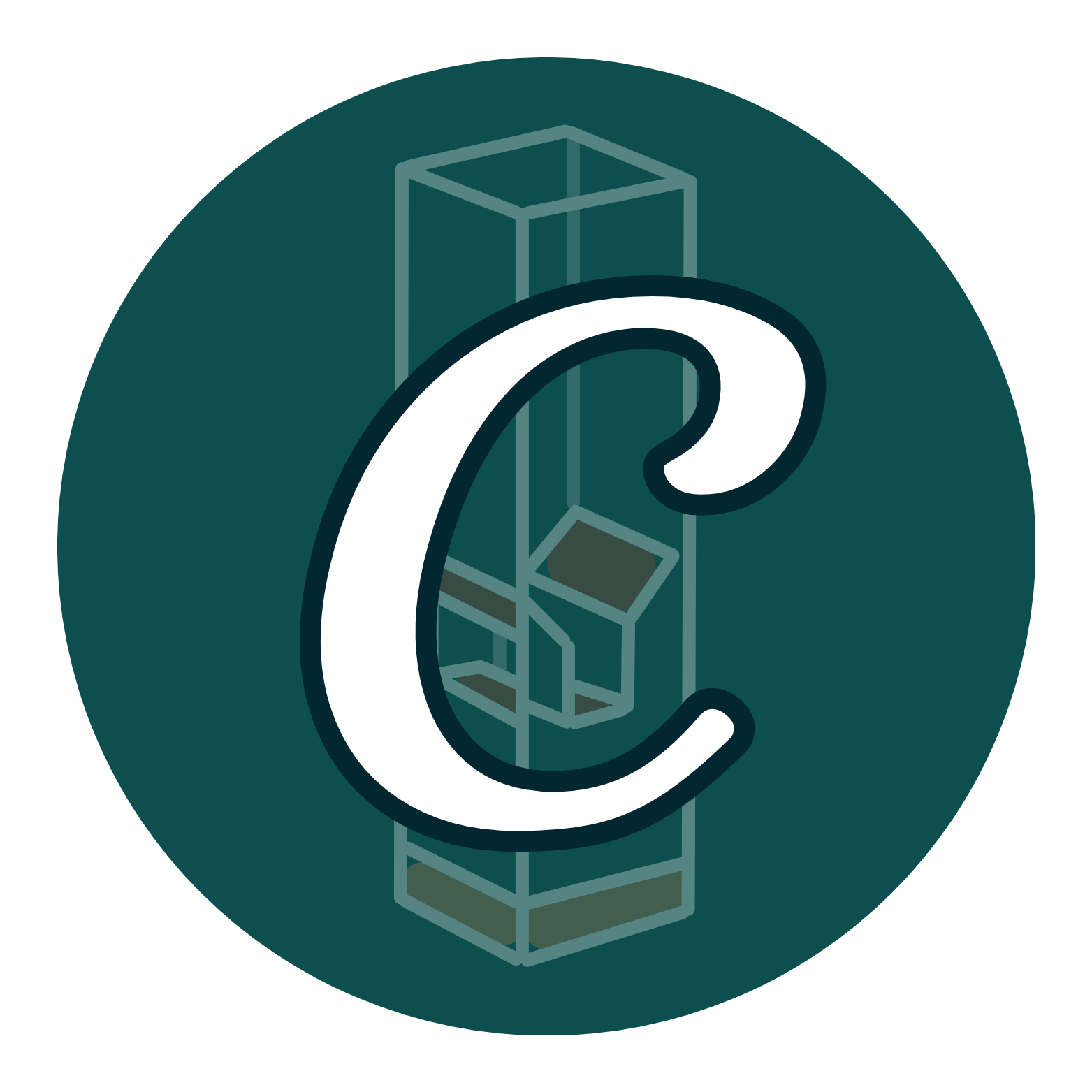


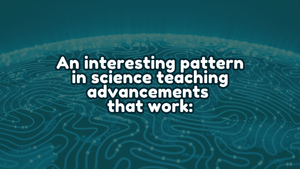


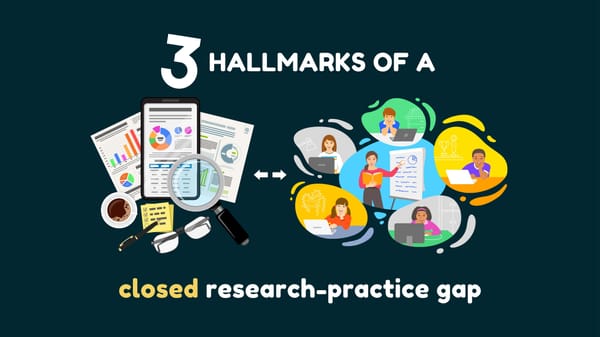
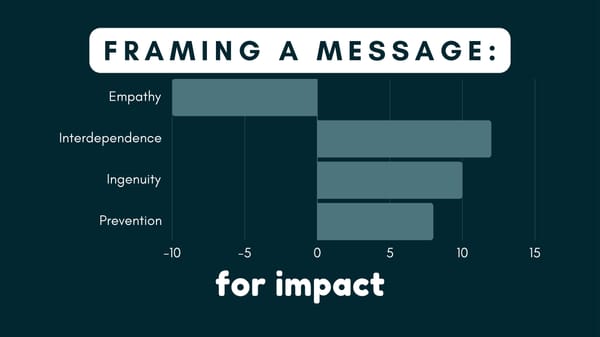
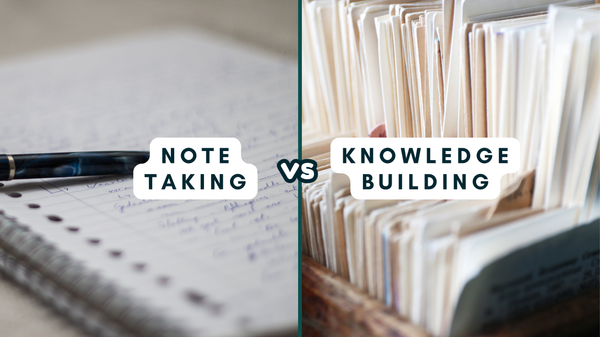
Member discussion